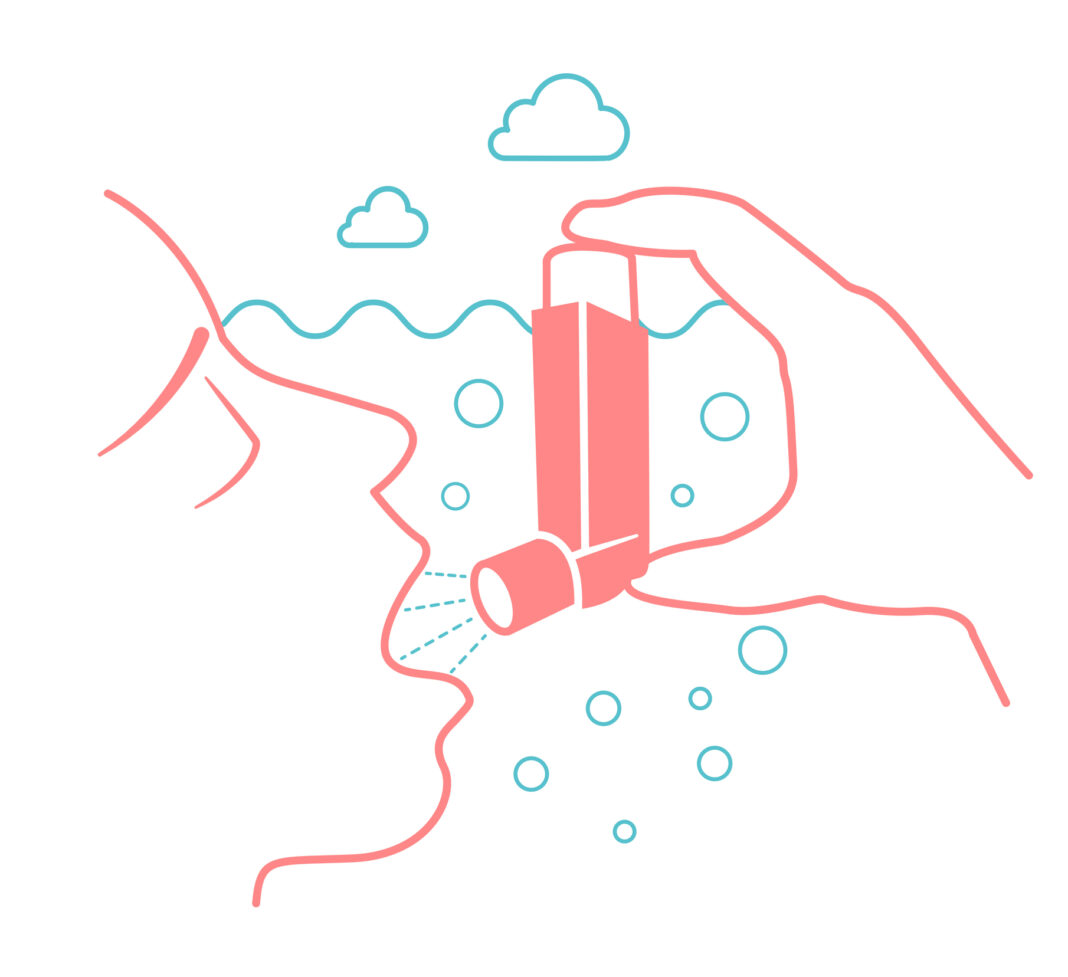Children’s Health Fund (CHF) released a comprehensive, easy-to-follow guide to help children learn how to control their asthma so they can live healthy, active lives—including enjoying exercise, sports, and play—and avoid attacks that might keep them out of school or land them in emergency rooms.
The 30-page Family Asthma Guide, which can be downloaded from the CHF website in either English or Spanish, and will be distributed by CHF national network partners, is designed to be used by children, in conjunction with their caregivers and medical providers, to create an action plan for controlling their asthma. Filled with colorful illustrations and text that can be comprehended by children, the guide’s overall message is that asthma can be controlled.
“Scientific studies have shown that asthma action plans can help reduce attacks,” said Arturo Brito, MD, MPH, CHF president, and CEO. “And according to the Centers for Disease Control and Prevention, more children in the United States are learning to control their asthma with action plans.”
The CDC also notes that some 6.2 million children and adolescents in the United States have asthma, underscoring the importance of having and following asthma action plans.
“Pediatricians have so many things to explain during an asthma visit. This guide is an easily accessible tool to reinforce and augment what we teach,” said CHF senior medical advisor, Susan Spalding, MD, FAAP.
Using the guide and working with medical providers, children and their caregivers can create an action plan with steps to follow when asthma attacks occur, as well as reminders about when to take medicine, and signs to look for that might indicate a trip to the emergency room is necessary.
“There is much that parents can do to help their children learn how to manage and control their asthma,” said Cynthia Cross, MD, Division Chief of Pediatric Hospital Medicine, Le Bonheur Children’s Hospital, a CHF National Network partner. “That includes knowing what triggers asthma, which medicine to use in the event of an attack, and to work with a medical provider to develop an action plan.”
To help children learn the basics about asthma and the ways it can be controlled, the guide is divided into the following sections:
- Asthma: Describes what asthma is, its symptoms, and what happens when children suffer attacks, as well as when to seek medical help.
- Triggers: Details asthma triggers, including cats, dogs, cigarette smoke, air pollution, dust, mold, household cleaning products, as well as pests such as cockroaches and mice. According to the latest U.S. Census data, some 14 million of the approximately 124 million occupied housing units nationwide reported seeing roaches in their homes between April 2020 and April 2021. Also, nearly 14.8 million reported seeing rodents (mice or rats).
- Medicine: Illustrates the different types of asthma medications, including relievers and controllers to help treat and control asthma, respectively.
- Asthma Action Plan: Includes all the information a child needs in one place to inform them on the medications to take to prevent asthma attacks and what to do when asthma symptoms arise.
For those who want to learn more about asthma and how to control it, the guide also contains a comprehensive list of national asthma resources, including leading medical associations. For more information, please visit https://www.childrenshealthfund.org/





